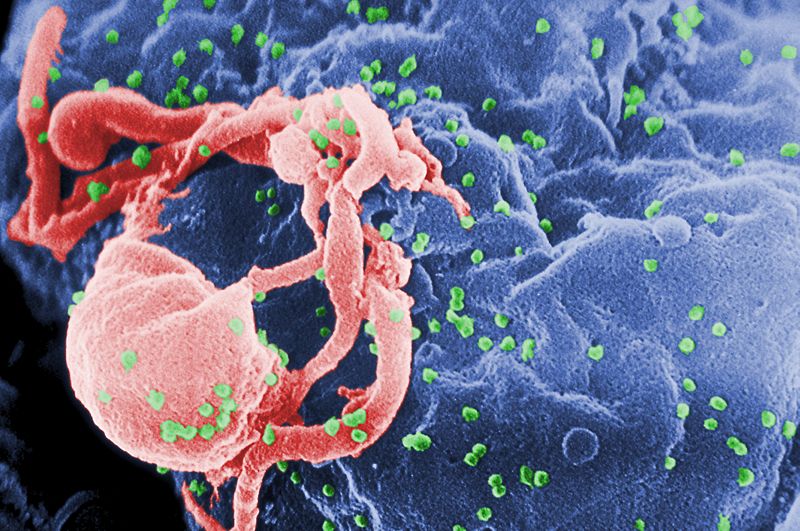The HIV transmission bottleneck
Researchers have found that the strain of Human Immunodeficiency Virus most abundantly present in the genital tract is not necessarily the strain that infects a sexual partner.
Unprotected heterosexual sex is the most common way that the HIV is transmitted, particularly in developed countries and Debra Boeras from Emory University in Atlanta and her colleagues studied heterosexual couples in Rwanda and Zambia who were 'sero-discordant' - i.e. one was HIV positive, and the other was only just diagnosed as HIV positive.
An HIV positive person can carry many strains of the virus present in their genital tract, as it mutates so rapidly (which is one of the reasons we're having a hard time trying to figure out a vaccine). But previous studies have shown that a single strain of HIV establishes infection in the new host, known as the 'transmission bottleneck', and through studying vaginal swabs, and semen and blood samples from 8 heterosexual couples the team confirmed that this was the case. If the infection was random, you'd expect that the strain of the virus that was most common in the genital tract would be more likely to cause infection in the sexual partner.
But when the researchers compared the gene sequences for proteins on the outside of the virus that vary between strains, they found that the strain in the blood of the newly infected partner was not the same as the most common strain in the genital tract of the chronically infected partner.

The team suggest that this is due to selection of the viral strain best suited for successful transmission rather than just the most abundant strain. So, many virus particles may be transmitted to the uninfected sexual partner, but most of them will not be able to infect the person. It is only the strain with the right attributes, such as more efficient binding to receptor proteins on host cells, that are able to infect a new host.
This finding is important, because we know that transmission of the virus is via the genital tract, but if the strain that actually manages to infect the other partner is not the commonest one in the genital tract, then there must be a mechanism at work that could affect our strategies to treat the virus and reduce onward infection rate.









Comments
Add a comment